As a professional Gardener it’s very crucial to know the basic techniques of gardening. Like what you can grow in a low budget but with greatest benefits and high production rate. Here is the list of top 5 high yield vegetables that should be planted in every house.
Sets Of Onions:
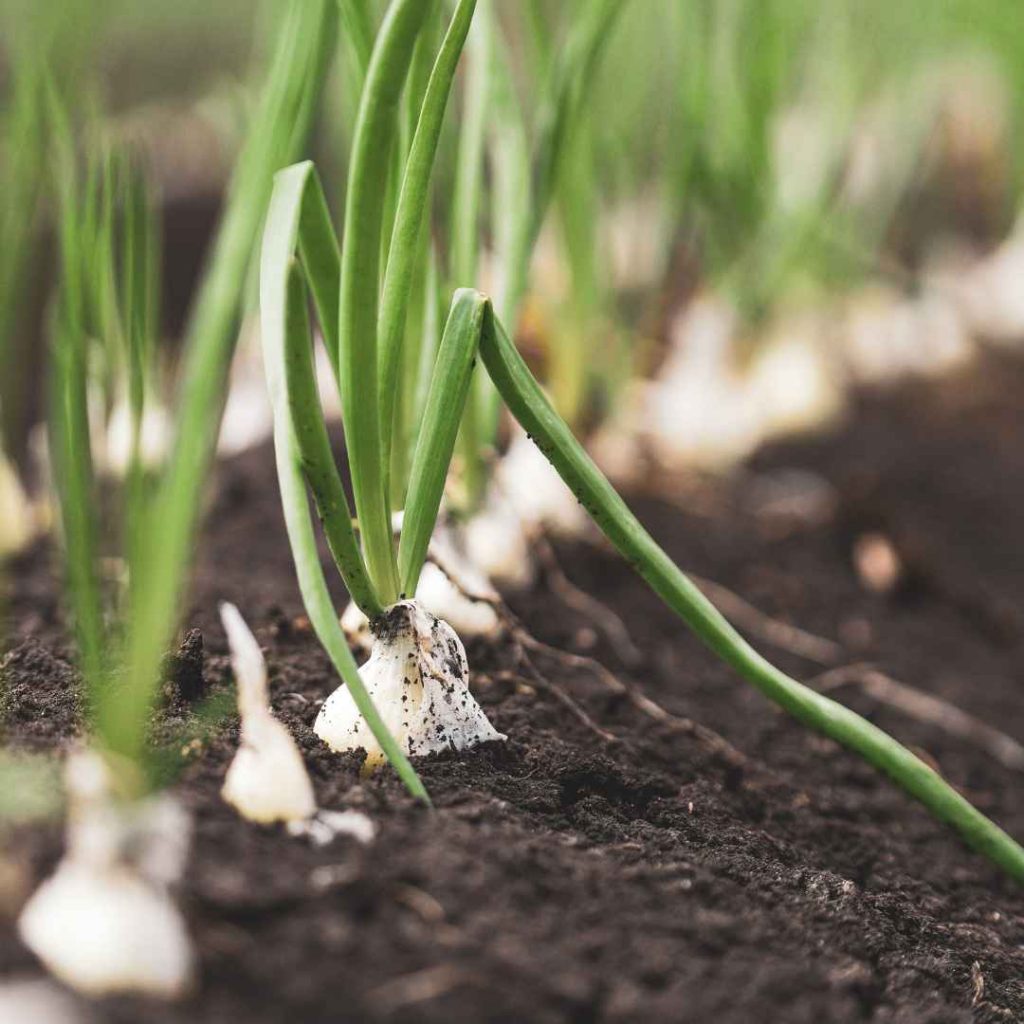
Though onions may be grown directly in the vegetable patch immediately as the ground can be plowed in the first weeks of spring, you will have a significant advantage on the growing time if you cultivate “sets” (as opposed to seed).
Onions are fairly resistant to cold. Onion bunches are tiny, immature onions that were started from seedlings the previous season of development. The majority of gardening stores carry the roughly 1.5 cm-sized bulbs, which were recently desiccated for preservation.
Whenever the temperature rises to about 12°C, which usually happens by late March, the parasols will become active again. In lower temperatures, they will stay inactive but protected. Plant onion bulbs no deeper than four centimeters into damp ground.
Ascertain that the onion’s head is barely visible above the ground. Plant cloves are about fifteen to twenty centimeters separated, with thirty centimeters separating between every row. When summertime is almost over, onions can be gathered and preserved for storing.
Carrots:
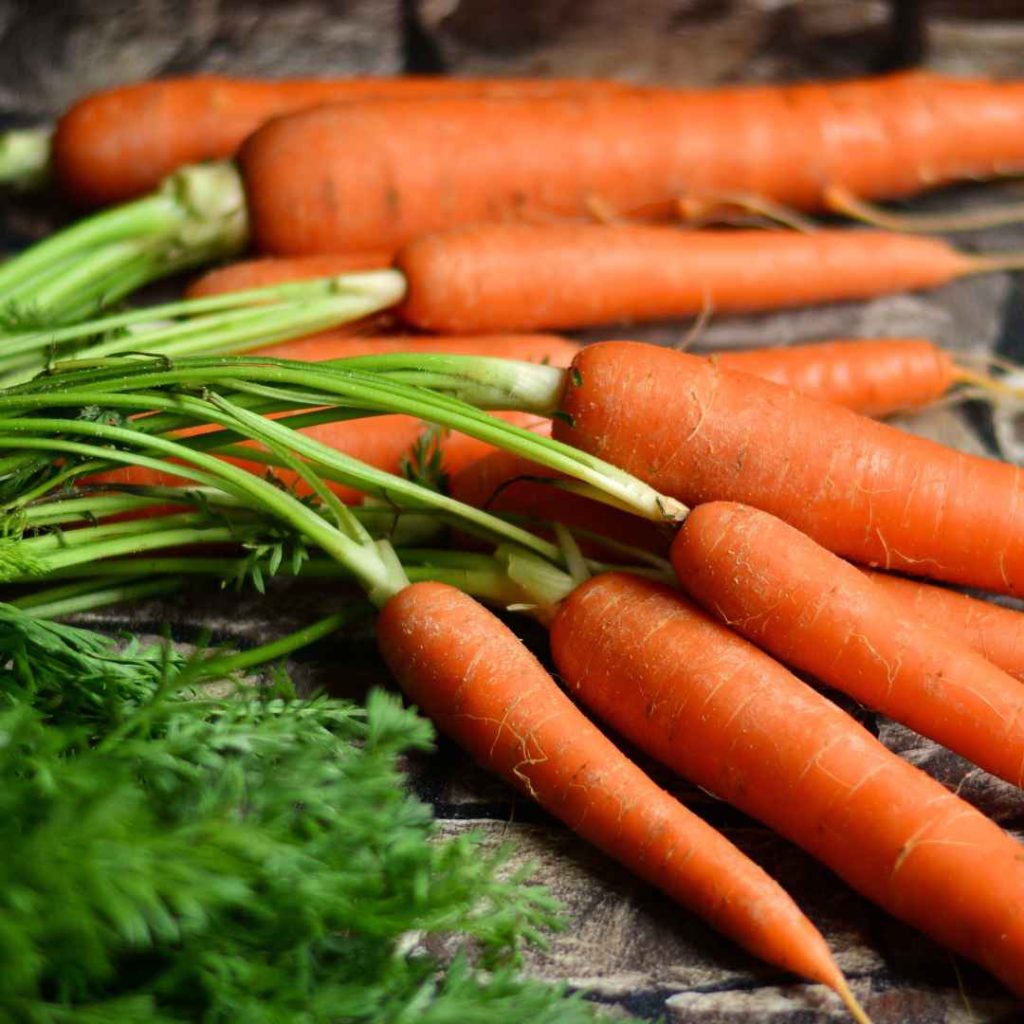
Carrots prefer the ground conditions of thirteen degrees Celsius or above, but it’s worthwhile getting started right away in an underground structure or conservatory to have delicious young carrots in the beginning of July.
Sow the seedlings delicately, leaving thirty centimeters among sections, and barely mulch the seeds in fertilizer. Applying a Micro Mesh Pesticide Shield will provide additional shielding and lessen the likelihood that you will be required to trim saplings as this will increase the likelihood of carrot flies attraction.
Squash:
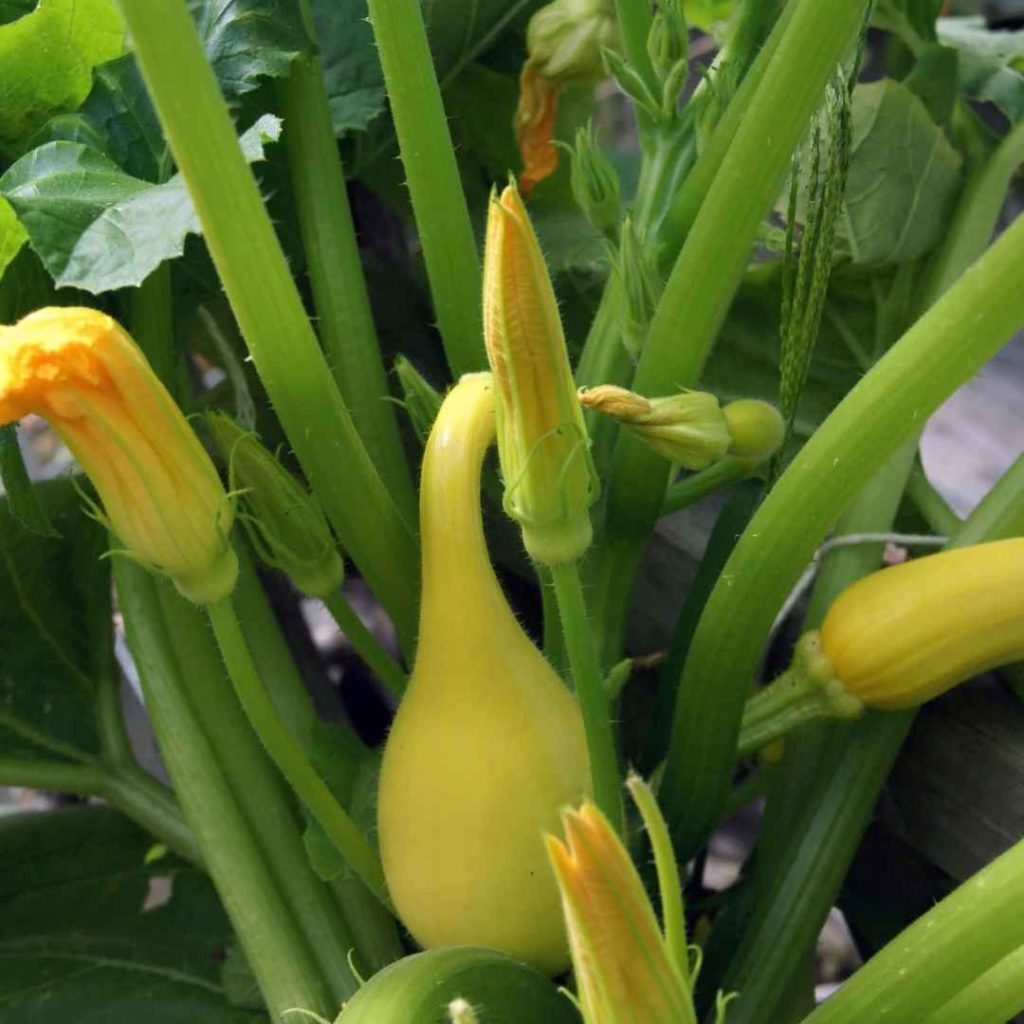
If you enjoy squash, be aware that, notwithstanding its quite enormous size, this plant can be additionally cultivated inside. Squash comes in two varieties: the butternut and crookneck varieties, while other varieties are additionally cultivated in planters.
You ought to select an unpainted pitcher that is around a foot diameter if you want to germinate squash in your cooking area. A measurement of roughly twenty- four inches is good. Double-check that the planter has outlets for water by looking at the lower side of the pitcher.
You ought to sow preferably three separate seeds in the center of the vessel, with some space among each one, to ensure that you receive a minimum of a robust squash plant. Remember to irrigate your plants frequently—ideally every day.
Cucumbers:
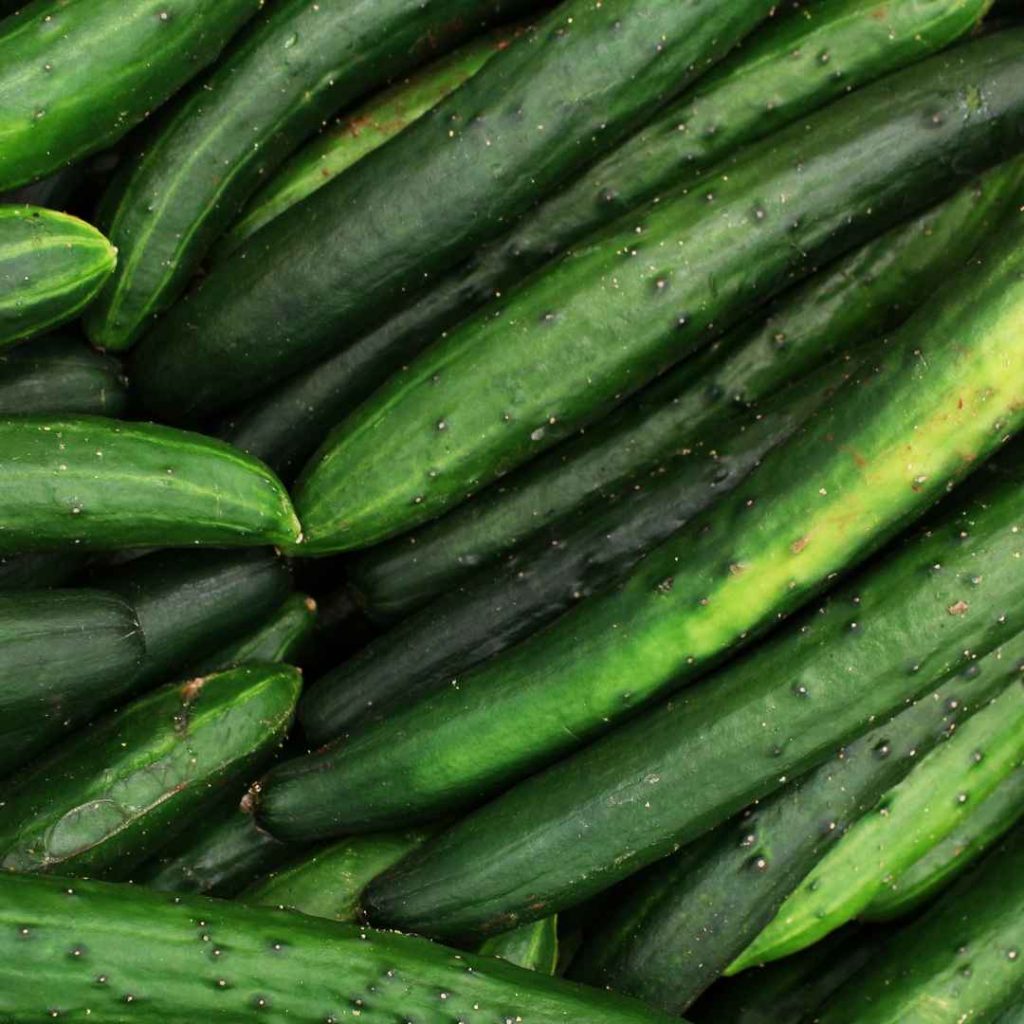
Other veggies you may expand inside are cucumbers. A variety of cucumber seedlings on the marketplace designed especially to grow indoors. When equivalent to yard varieties of cucumber seedlings, they may be priced higher, but the outcome is sure to be superior.
Spacious planters ought to be used for the cucumbers. Plenty of room is required for cucumber proliferation. Recall that they are tendrils as well, therefore you will need to build an ascending framework and plant it in the container you purchased.
Cucumbers demand an appropriate temperature range of seventy-three to 79°F and plenty of lighting to flourish as far as environmental demands go. For optimal effects, make careful to maintain cooler temperatures at midnight.
Sweet Potatoes:
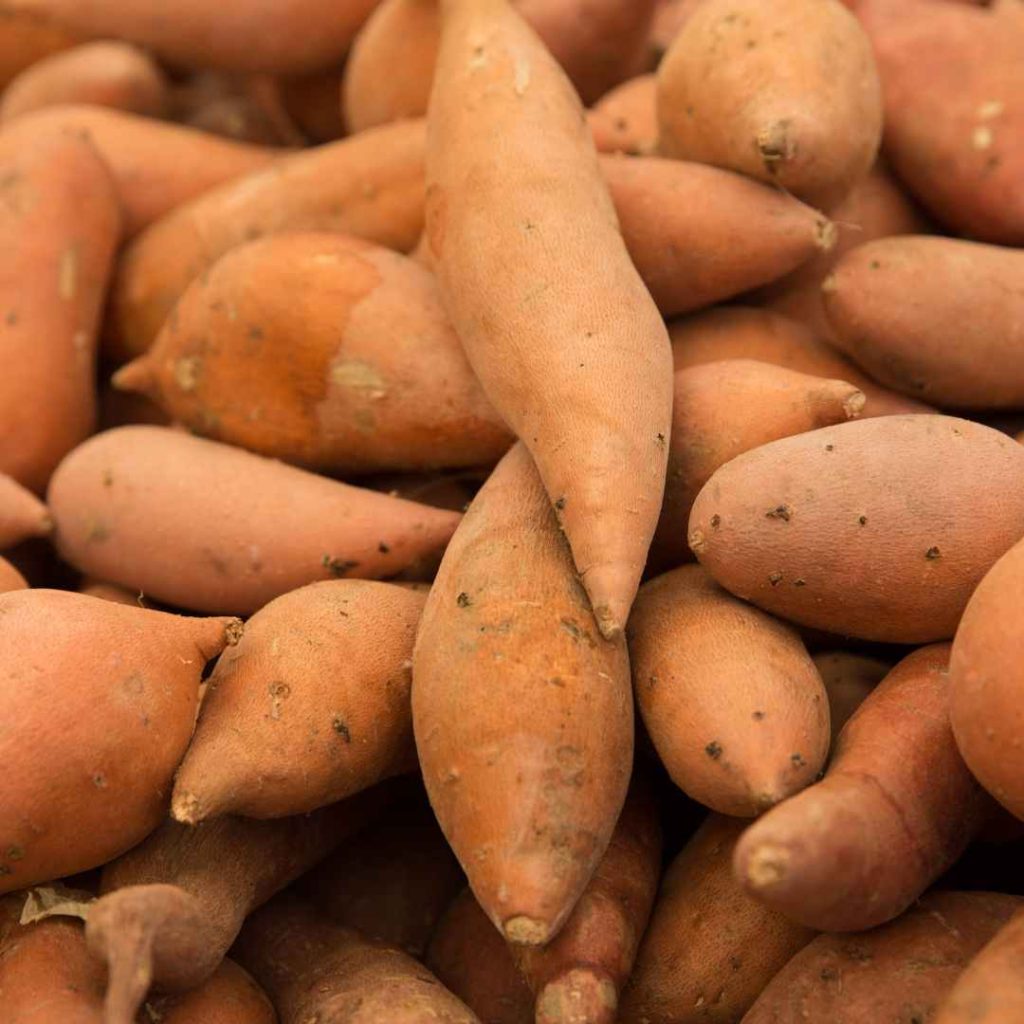
You are probably surprised to hear that potatoes, both flavorful and ordinary, might thrive in soil made from leftovers. Chop up a sprouting potato first, then arrange the slices sprout-side across a minimum 4 inches of ground.
After adding four more layers of the earth on the highest part of them, you should have vegetables in approximately three months! Double-check that the container is adequately sized to accommodate the veggies as they tend to grow rather big and you might need to keep pouring dirt to keep the potatoes protected as they become bigger.
Tomatoes:
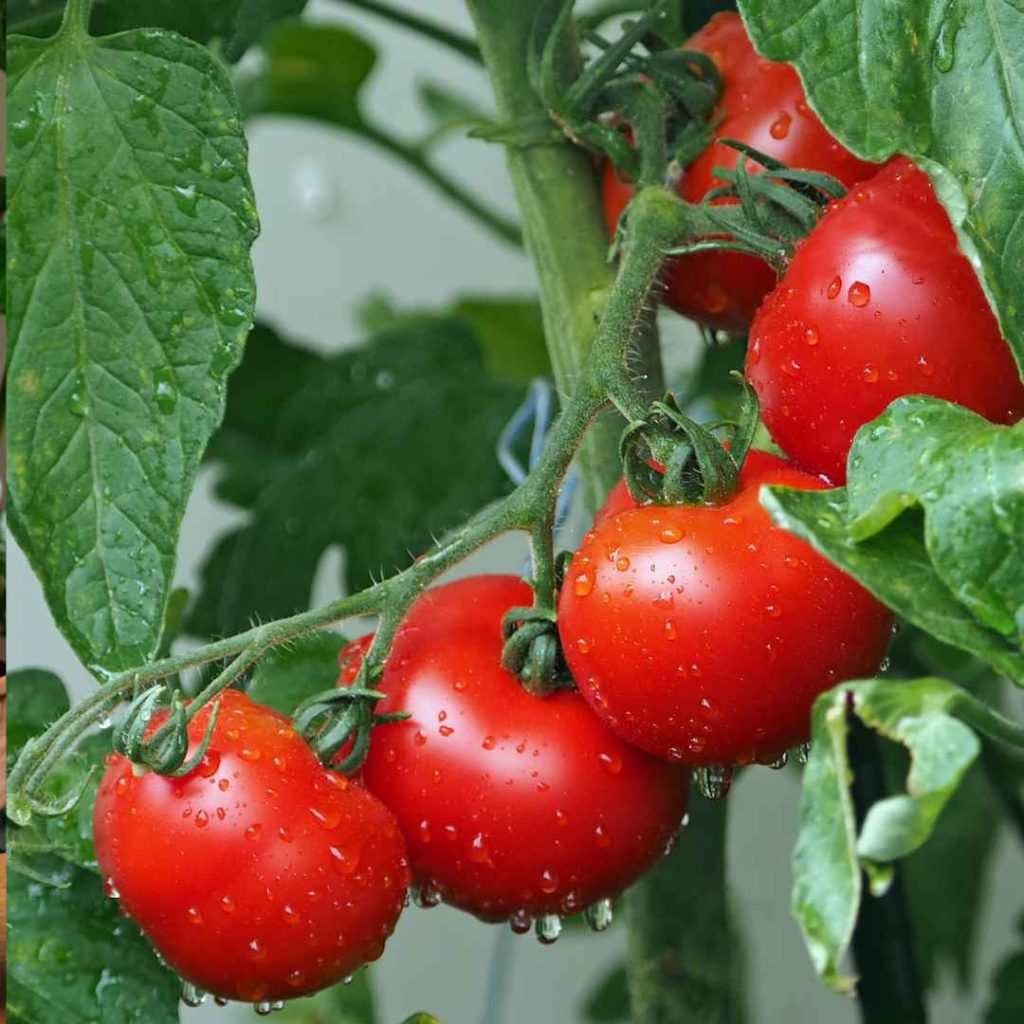
Although tomatoes are a warm seasoned vegetation, they can nevertheless thrive inside. They will require fourteen to twenty hours of illumination per day. They self-pollinate, just like chili peppers.
However you may also jiggle stems to encourage pollination to move from blossom to flowering stage. In vessels simpler types typically do greater, and the grains will sprout very rapidly.
